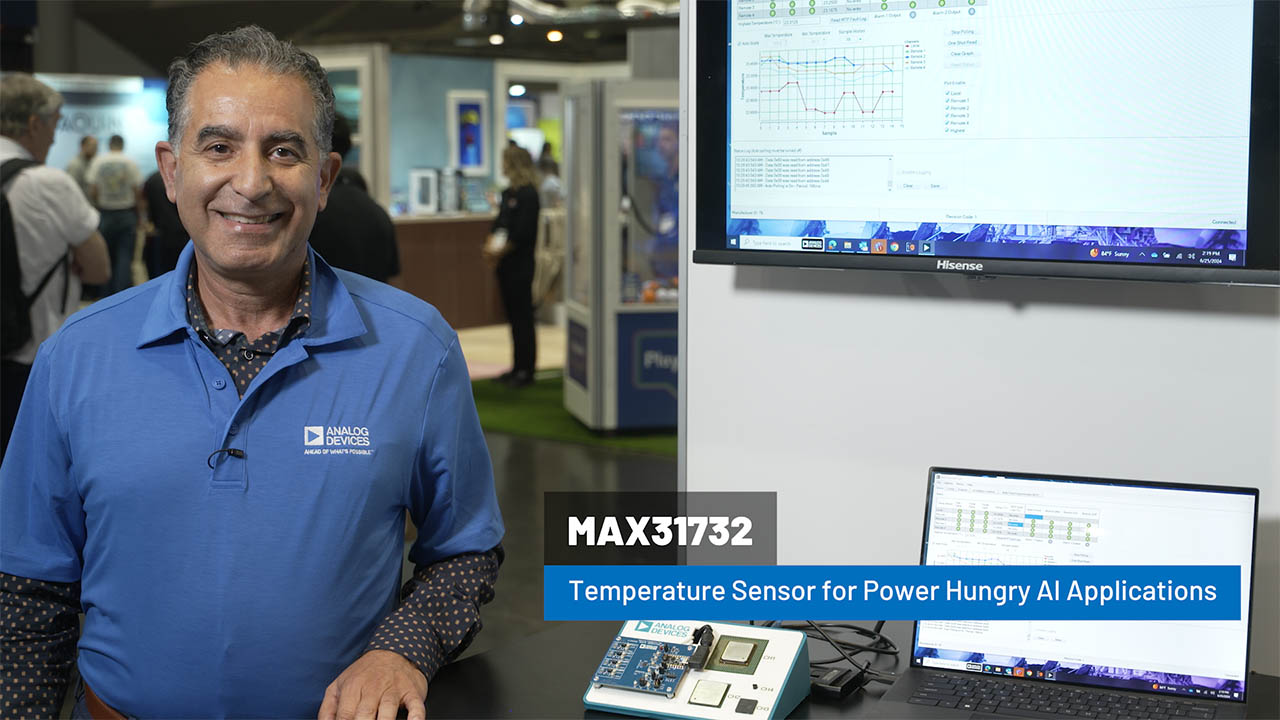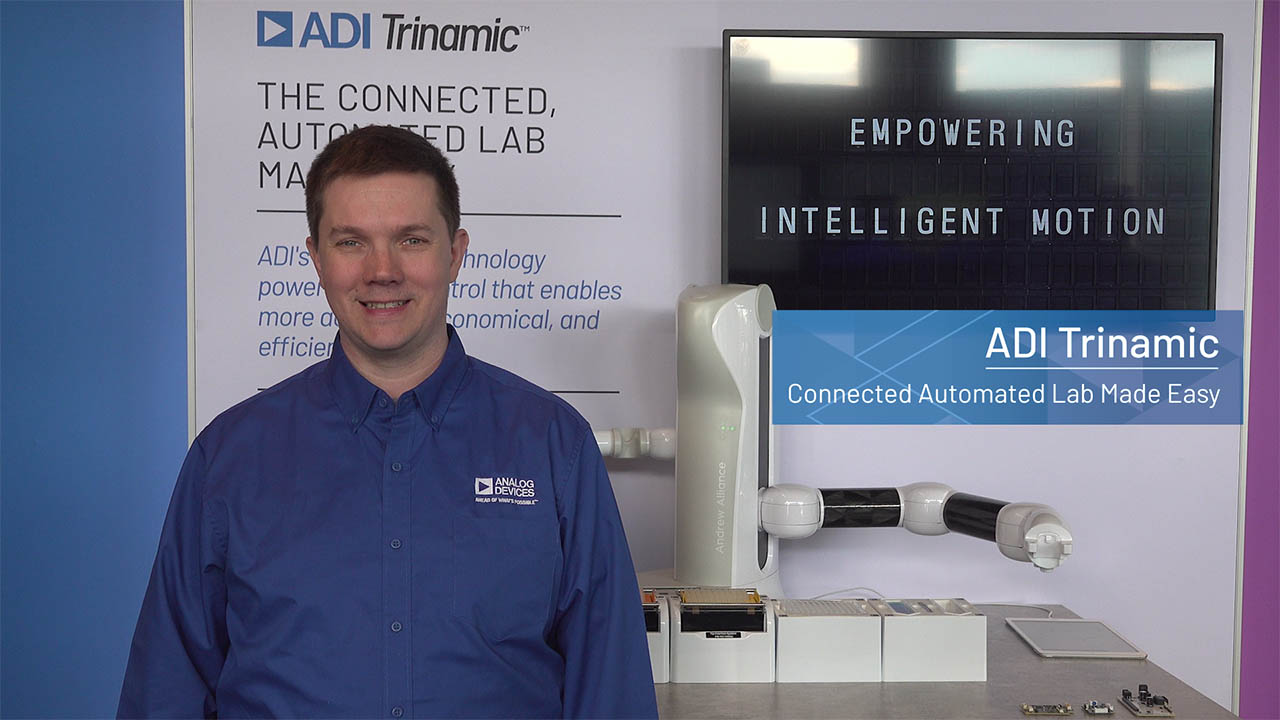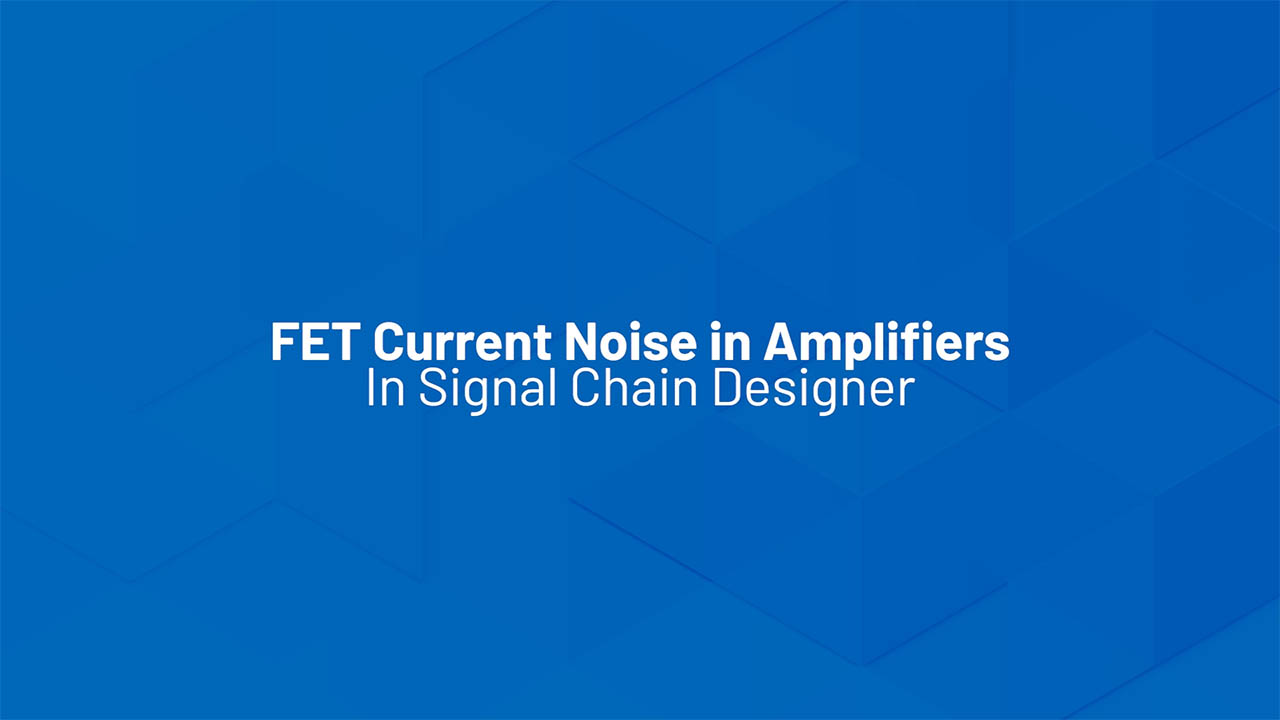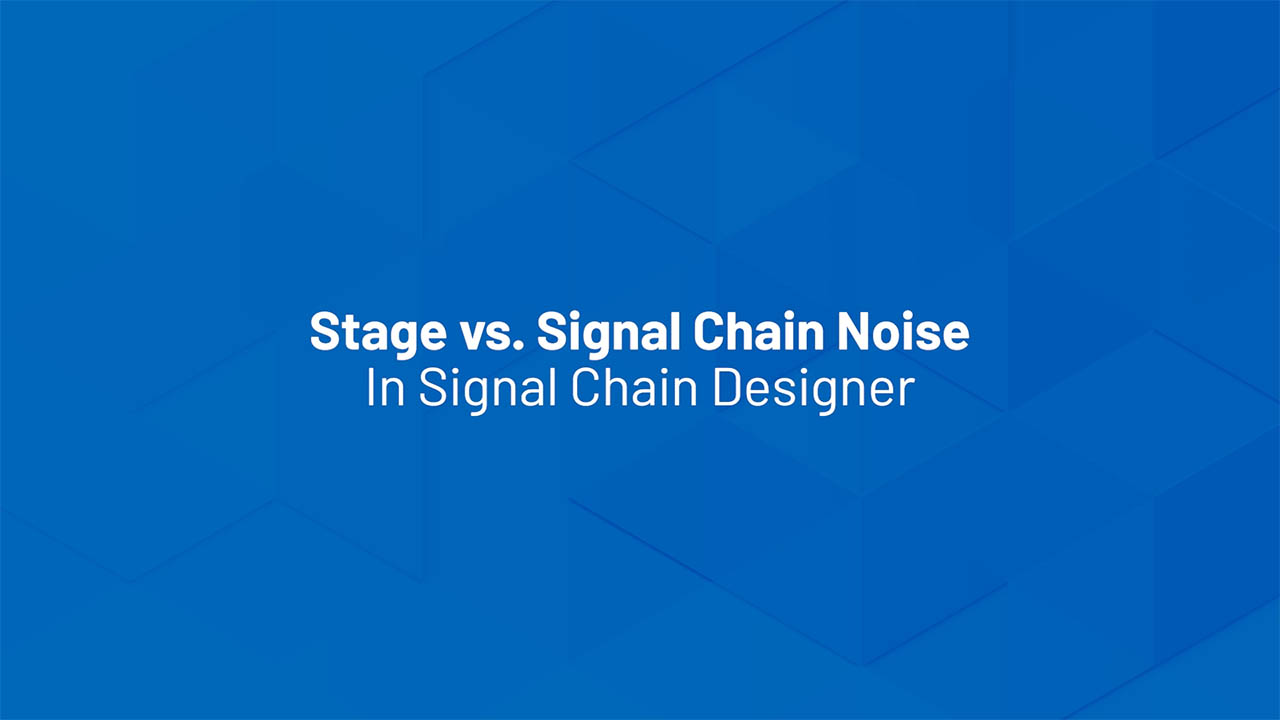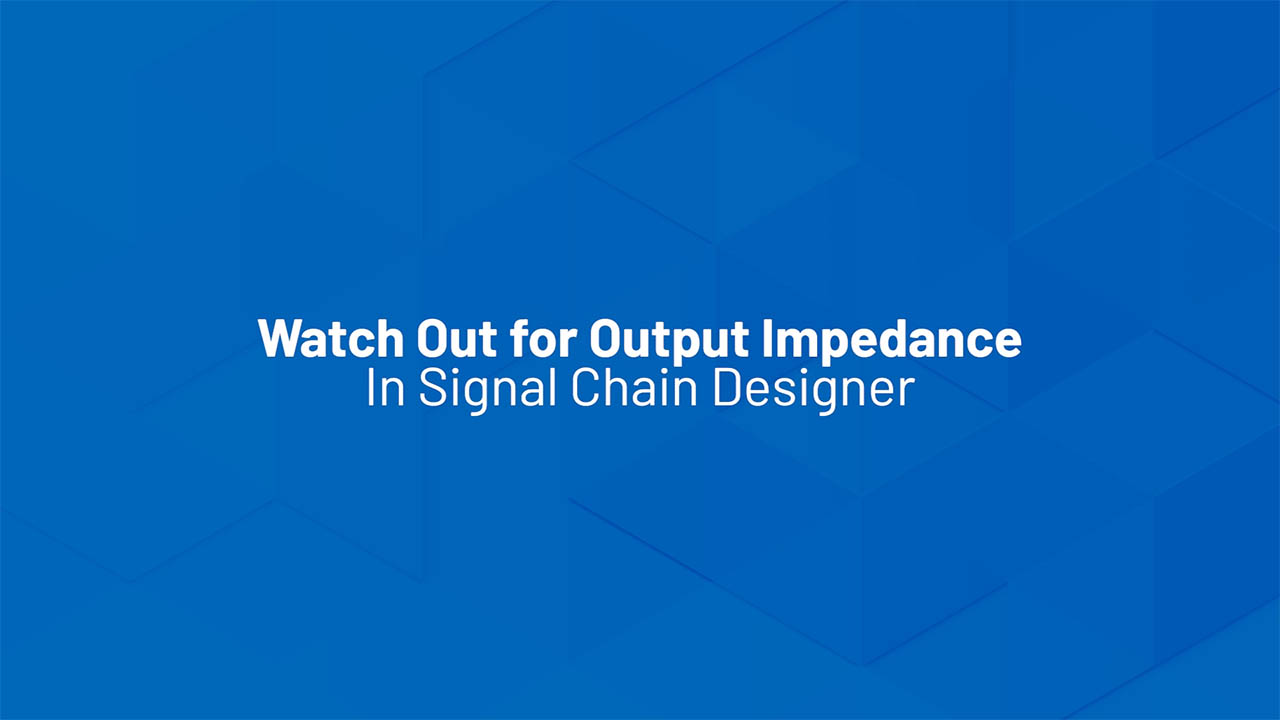An 8-Channel, High-Accuracy, No Latency ∆Σ 24-Bit ADC
Introduction
Recently, Analog Devices introduced the world’s most accurate, simplest to use, 24-bit analog-to-digital converter, the LTC2400. With its on-chip oscillator, 120dB line-frequency rejection, user-transparent offset/full-scale calibration, 10 parts-per-million (ppm) total unadjusted error and 1.5µVRMS noise, the LTC2400 has become a key building block in many system designs. The LTC2400’s ease of use and high performance enable faster design cycles and better performance than other ∆Σ converters.
This article introduces the LTC2408, a device combining the high performance LTC2400 ADC core with an 8-channel analog input multiplexer (see Figure 1). This device offers many unique features. The single-cycle settling characteristics lead to simplified multiplexer hook up and channel selection, without the added overhead required other converters. The exceptional noise performance of the device eliminates the need for a programmable gain amplifier (PGA). This allows direct digitization of a variety of voltage levels. Its 10ppm absolute accuracy ensures a minimum performance in excess of 16 bits. A unique analog modulator implementation allows measurement of microvolt signals superimposed upon large DC voltages. A wide range of sensor inputs and voltage levels can be applied simultaneously to the LTC2408. These signals can extend below ground, above VCC or anywhere in between, with the same 10ppm absolute accuracy.

Single-Cycle Settling Ensures No Latency
Many applications requiring 16-bit to 24-bit resolution use delta-sigma (∆Σ) ADCs. These applications typically measure slow-moving signals, such as those found in temperature measurement, weight scales, strain-gage transducers, gas analyzers, battery monitoring circuits and DVMs. One advantage delta-sigma converter architectures offer over conventional ADCs is on-chip digital filtering. For the low frequency applications described above, this filter is designed to provide rejection of line frequencies at 50Hz or 60Hz and their harmonics.
A disadvantage of conventional digital filters, prior to the release of the LTC2400, was digital filter settling time. If the input signal changes abruptly, the conversion result is invalid for the following 3–4 conversion cycles (see Figure 2a). This makes multiplexing the input difficult. The LTC2400 does not exhibit a filter settling time; hence, it is easy to multiplex (see Figure 2b); There is a one-to-one correspondence between the conversion result and the applied input signal. Each conversion result is independent from the previous conversion result. The 10ppm total error is maintained for each conversion cycle, even in the extreme case of sequentially measuring 0V and 5V on adjacent channels.

Figure 2a. Effect of conventional digital filter settling time.

Figure 2b. The LTC2408 has no digital filter settling time.
The Advantages of Not Using a Programmable Gain Amplifier (PGA)
The exceptional noise performance of the LTC2408 (1.5µVRMS) corresponds to an effective resolution of 21.6 bits for a 5V input range. Low level input signals within a 100mV range achieve better than 16-bit effective resolution without the use of a PGA. On the other hand, conventional ∆Σ ADCs are significantly noisier than the LTC2408 for a 5V input range. These converters require internal PGAs in order to improve the noise performance for low level input voltages.
The LTC2408 offers several significant advantages over those converters requiring a PGA. One advantage the LTC2408 offers is the ability to measure small signals (microvolts) superimposed upon large DC voltages (volts). For example (see Figure 3), a 100mV signal sitting on 2V (2V to 2.1V) can be measured with the same accuracy and noise performance as a 100mV signal sitting on ground (0V to 0.1V). Conversely, an ADC operating with a programmable gain of 50 is limited to an input range of 0V to 0.1V with a 5V reference (see Figure 3). It cannot digitize any signal larger than 100mV full-scale.

Figure 3. Full range without PGA (left); limited range with PGA (right).
A second advantage the LTC2408 offers is full-scale accuracy. Since the total unadjusted error is less than 10ppm, the absolute accuracy of any input voltage within the 0V to 5V range is within 10ppm or 16 bits. Alternatively, devices using PGAs exhibit full-scale errors limited by the matching of internal components. The user is burdened with removal of these errors. The user must first apply the system’s full-scale voltage to the device and then perform a system calibration.
The use of a PGA in conventional ∆Σ adds complexity. Each channel requires a system full-scale and offset calibration. Each channel may have a different PGA gain and input-signal range settings, corresponding to different offset and full-scale calibration coefficients. This requires programming and maintaining configuration/status registers, gain/offset registers and channel/PGA-gain registers. The LTC2408 does not require any registers. The offset and full-scale error corrections are performed during each conversion cycle and are transparent to the user.
“Microvolts on Volts”
In order to measure a small level signal (microvolts) superimposed upon a large signal (volts), the converter must exhibit extremely good DC performance. The device must have very low offset and full-scale errors and excellent linearity performance in order to accurately digitize small signals with large fixed DC levels. Additionally, the temperature coefficients of offset, full-scale and linearity errors must be low. The LTC2408’s offset error is less than 1ppm and its offset drift is less than 0.01ppm/°C (see Figure 4a). The full-scale error is less than 4ppm while its drift is less than 0.02ppm/°C (see Figure 4b). Combined with an integral nonlinearity error of 4ppm, the LTC2408 can consistently resolve low level signals in the microvolt range, regardless of the fixed DC level (within the 0V to VREF range).

Figure 4a. Offset error drift.

Figure 4b. Full-scale error drift.
The accuracy, noise performance, and temperature stability of the LTC2408 enable the converter to measure input signals from a multitude of sensors (see Figure 5). In addition to the LTC2408’s ability to measure signals from 0 to VREF, the device also has overrange/underrange capabilities. The device can measure an input signal 100mV below ground and 100mV above VREF, even if VREF is equal to VCC.

Figure 5. The LTC2408 simultaneously measures many input devices.
A Simple 4-Wire SPI Interface
Interfacing to the LTC2408 is simple. The individual CS and CLK signals (see Figure 6) can be common to both the ADC and multiplexer or driven independently to allow separate control of the ADC and the mux. DIN is serially programmed to select the desired input channel; SDO is the serial output data of the converter. DIN and SDO may be shared by using an external driver with a high impedance output state. Since the LTC2408 exhibits single-cycle settling, there is no overhead associated with digital filter settling time. At the conclusion of each conversion, a new channel may be selected by a 4-bit serial input word, or the same channel can be retained by not shifting in a new word. A new input channel may be selected up to 66ms after the data-output read has been completed. This 66ms period may be used to allow the input signal to settle or offer the user flexibility in the timing of the mux channel selection.

Figure 6. Mux/ADC timing and look ahead.
Conclusion
The LTC2408 is a highly accurate No Latency ∆Σ converter capable of digitizing a variety of input signals. Its exceptional noise performance allows direct digitization of sensors. The device can measure microvolts on one channel and volts on another, all with 10ppm accuracy. The LTC2408 requires no user calibration or PGA, and there is no overhead associated with the input multiplexer. The LTC2408’s exceptional accuracy, ease-of-use and eight input channels make it an ideal multichannel ADC for complete system monitoring.
著者について
この記事に関して
{{modalTitle}}
{{modalDescription}}
{{dropdownTitle}}
- {{defaultSelectedText}} {{#each projectNames}}
- {{name}} {{/each}} {{#if newProjectText}}
-
{{newProjectText}}
{{/if}}
{{newProjectTitle}}
{{projectNameErrorText}}








